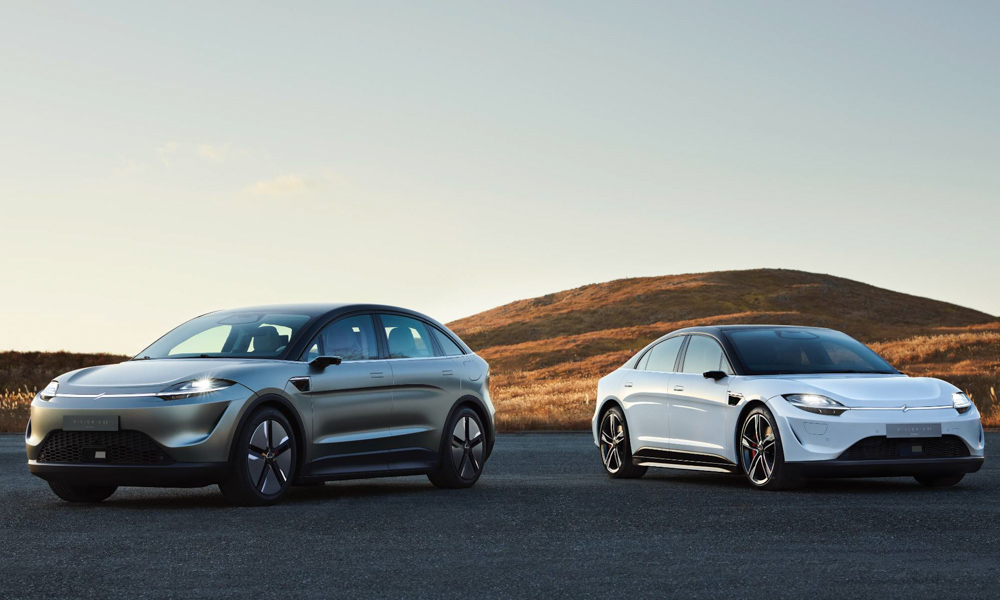
When Sony unveiled a prototype for an electric car at the Consumer Electronics Show in Las Vegas in 2020, some industry observers said it was just a PR stunt. But the Japanese firm is definitely about to enter the car industry, and last Friday, the electronics giant signed a letter of intent with Honda. In a joint venture, the two Japanese powerhouses want to jointly develop and produce a new electric model. If everything goes according to plan, the duo’s first electric car should be out in the market in 2025.
The plan is that the automaker will contribute its know-how in development, production and service, while the electronics firm brings along its technological expertise, ranging from sensors and telecommunications to networking and entertainment tech. The deal is being widely celebrated in Japan and seen as one of the biggest developments for the country’s domestic industry in decades. Sony suddenly finds itself in a pioneering role by becoming the first major electronics manufacturer to dare the expensive entry into the car industry. Even the US giant Apple, which is said to have been very interested in getting involved for years, has so far shied away from the move because of the high costs and low profit margins. Other newcomers to the industry, such as the British Dyson Group, have long since discontinued their car projects.
Through this partnership, the electronics manufacturer is trying to reduce the high costs and long lead times involved in developing and producing a car. Company boss Kenichiro Yoshida is also implementing an asset-light strategy as part of the project. This means that the firm, in contrast to electric car pioneer Tesla, will not invest heavily in its own plants, choosing instead to use the infrastructure of a partner. Yoshida also emphasized that this endeavor is less about pure form and horsepower, saying that the electronics manufacturer wants to “turn the space of mobility into an emotional space.” However, it is still unclear how exactly it wants to redefine the driving experience as Yoshida only provided keywords for the novel approach: The new car should be safe, entertaining and adaptable.
Sony suddenly finds itself in a pioneering role by becoming the first major electronics manufacturer to dare the expensive entry into the car industry
The Japanese firm has already been selling image and LIDAR sensors for driver-assistance systems to traditional manufacturers. In addition, it has many years of experience in smartphones, cloud services, video games, televisions, network technology, and entertainment offerings with its music and film studios, and the development of robots, artificial intelligence, and chip technologies. The competition in the car market is fierce, and the number of companies that act purely as production and development partners is growing steadily. The Taiwanese contract manufacturer Foxconn, which also builds smartphones for Apple, and the Austrian supplier Magna Steyr are both happy to act as manufacturing partners for companies wishing to enter the car market. In the case of Sony, it has now its fellow Japanese automaker that is an already-established manufacturer.
The biggest challenge is also still ahead for Yoshida: He has to prove to his investors that the new division will make healthy profits, and not impact the firm’s margins negatively. The manufacturer is currently generating a profit margin of more than 10% (about twice as much as its new partner Honda), and shareholders would be less than pleased if this figure suddenly went south. Among Japanese automakers, only Honda archrival Toyota was able to report a double-digit profit margin in the fiscal year that ended in March. Only the future will show if the new Sony and Honda (or should we say “Sonda”) car can match that.











Comments